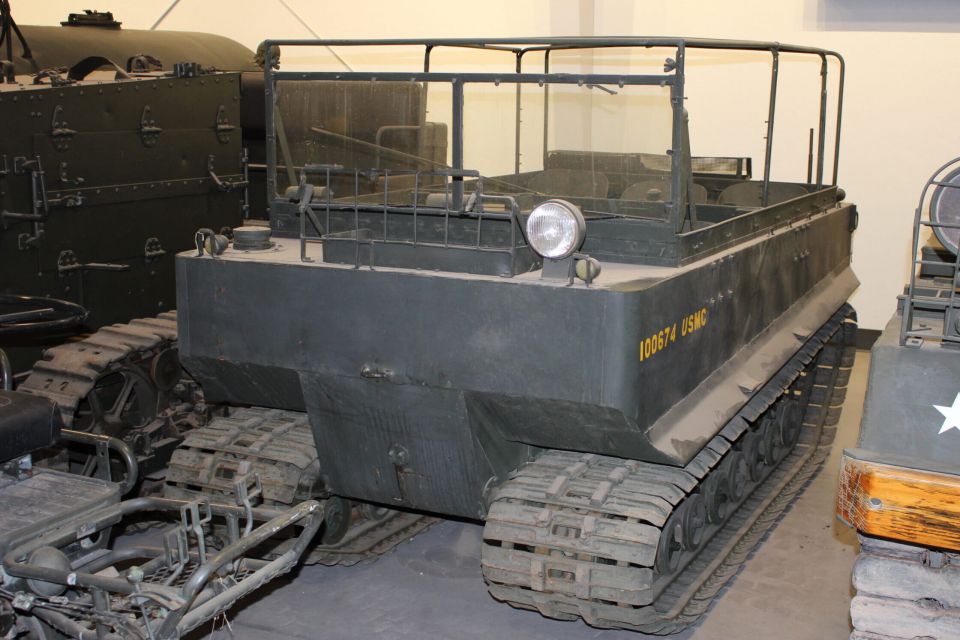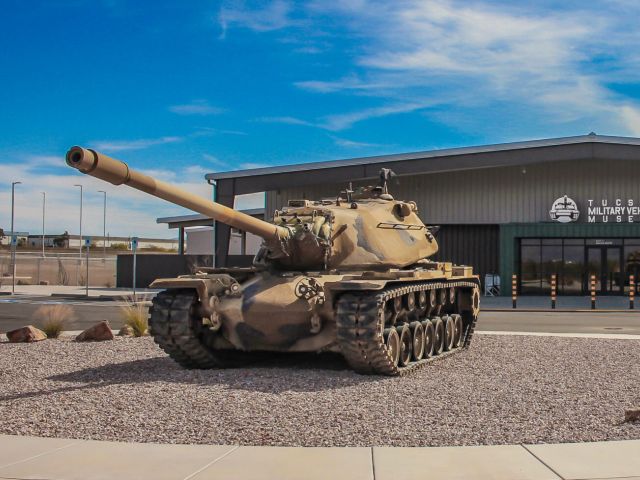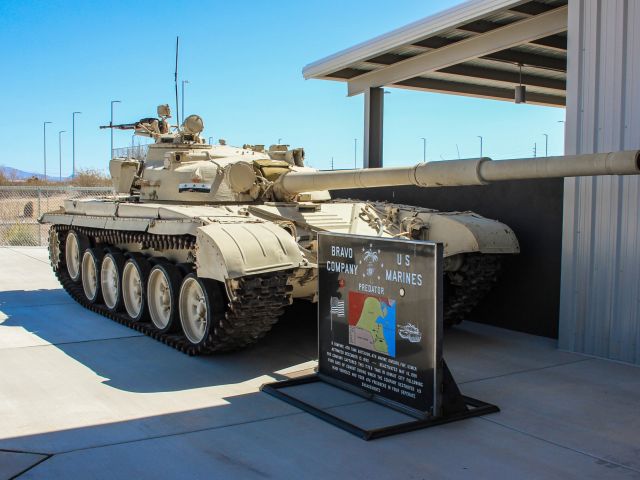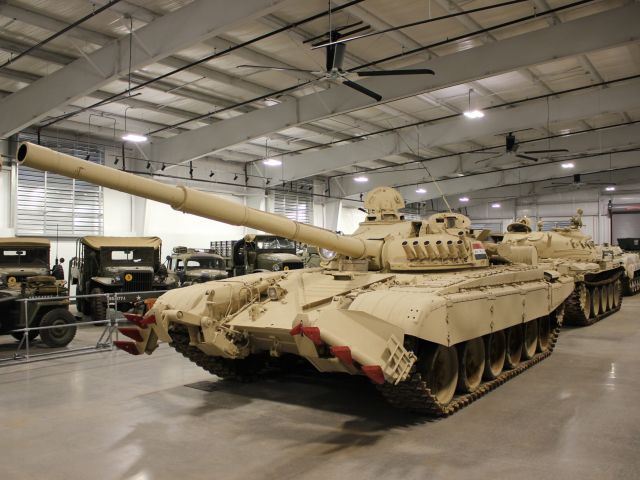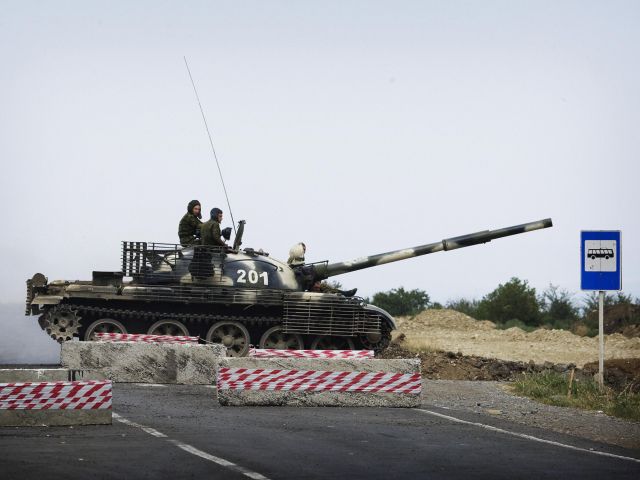Technical Specifications
-
Enter Service:1943
-
Crew:4
-
Weight:3,800 lbs
-
Dimensions:Length: 10ft 6 in, Width: 5ft, Height: 4ft 3 in
-
Powerplant:Studebaker Model 6-170 Champion 6-cylinder
-
Performance:Range: 165 mi, Speed: 36 mph
Description
The M29 Weasel was a World War II tracked vehicle designed by British inventor Geoffrey Pyke.
It was created specifically to support Project Plough. A covert special forces campaign to attack and disrupt Axis forces in Norway and Romania. The cancellation of Plough led to the M29 being supplied to Allied Forces in both the Pacific and European Theaters. It had amphibious capabilities and could navigate across sandy terrains, through mud, and over snow.
In the European Theater, the M29 was widely used in Italy, and on the Western Front. It went ashore on D-Day during Operation Overlord and was used by the U.S. Army to break through the hedgerows during the Battle of St. Lo. The M29 was also utilized during Battle of the Bulge, Operation Grenade, and Operation Plunder. In the Pacific, the USMC used the M29 during the Battles for Iwo Jima and Okinawa. It was used as an all-terrain ambulance, and pulled trailers and artillery pieces over terrain that wheeled vehicles could not navigate.
Studebaker manufactured Weasels from 1943 to 1945. The first vehicles produced (over 2,100) were designated as the T-15, later the M28 Cargo Carrier became the standard. The later version, M29 Weasel, was produced with the engine located in the front and increased cargo space in the rear. It also had 5-inch wider tracks than the M28’s 15-inch tracks. The M29 Weasel was a versatile vehicle and was modified in six different variants. It was widely used by the Canadian, French, and British armies during the Second World War.
